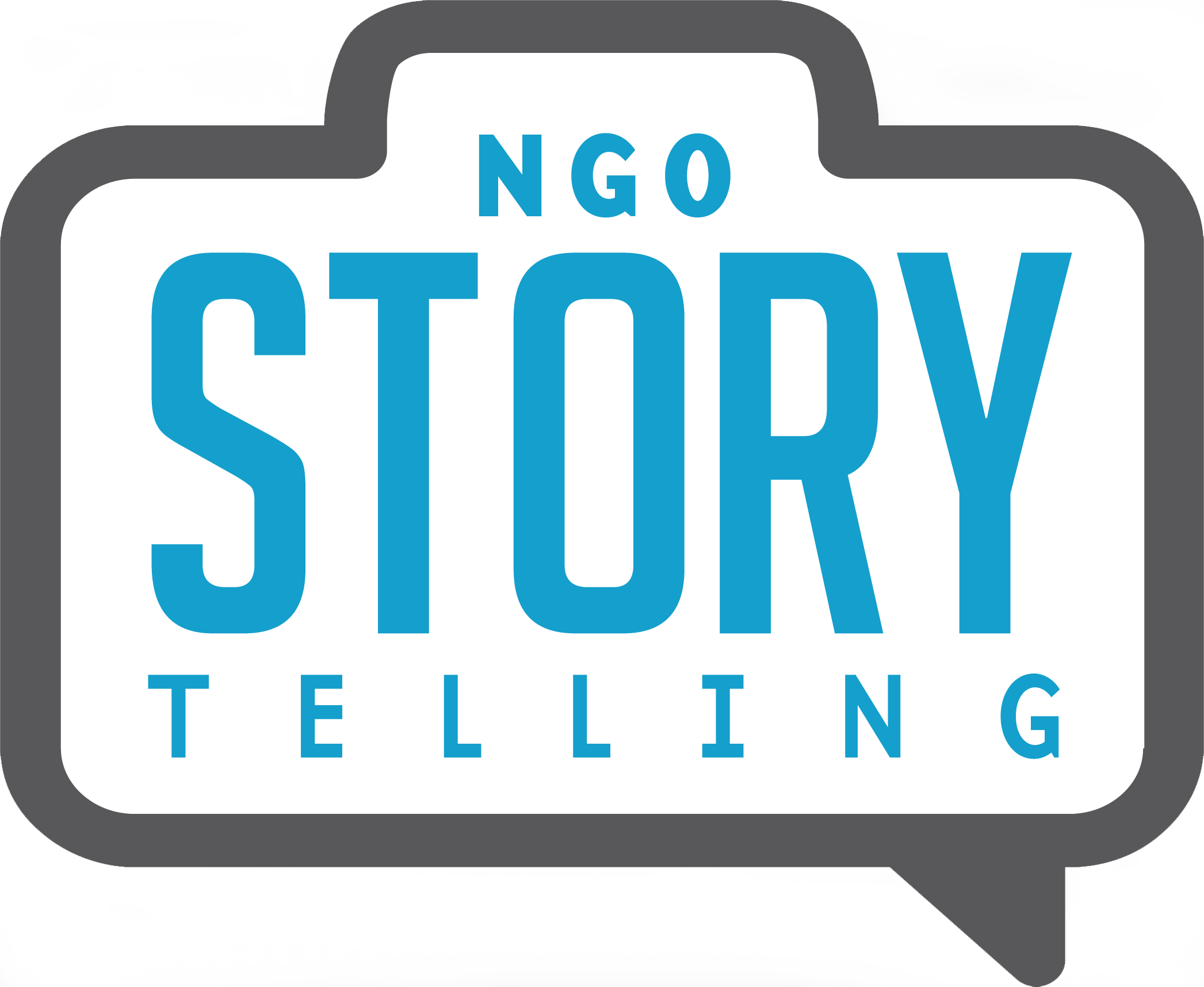New Skills: Learning Audio Basics for Interviews
Happy 2016! It's a new year and by this point you should be being bombarded by every source in the universe telling you to create a new you. We like you just the way you are but thought it would be fun to do a series of skills posts this year to help everyone who is looking to brush up on some storytelling techniques. Your organization has some amazing stories to tell and you're just the person to do it! With a few new skills you'll be well on your way.
This post is all about setting up for a basic audio interview. This type of interview is generally used as a voice over and pared with photos or video b-roll. We'll get into the more complicated process of recording video and audio simultaneously later this year. Consider this skill the starting point for what is to come.
The audio is the most important part of any video or multimedia piece that you put together. It is actually more important than the visuals because if the sound is funky people notice immediately. Bad audio makes your piece look low budget. And most cameras just don’t have the capacity to record quality audio.
As an FYI, professionals always record the audio and video separately. They show up on site with a whole slew of gear and editing tools to make things look and sound great. But what do you do when you don’t have a team or a budget to record good audio?
The good news is you don’t need break the bank to get decent audio. If you are making it work on a shoestring budget, I recommend downloading an app on your phone and recording from there. If you really want to spurge you can get a mic that plugs into your iphone. The Movo PM10 is only $25. These tiny steps can vastly improve the audio quality on your projects.
If a microphone is out of the question then your best bet is to be ultra careful about where the recording takes place. You’ll want to select a quiet space without a lot of external noise. Be sure to think about any ambient noise in the space like a fan or refrigerator buzz and unplug them before you begin. Soft furnishing helps a space have less of an echo. If you can’t find a quiet place try to get the mic or recorder as close to your subject as possible. One of my favorite places to record is inside a car.
The hardest thing about audio interview is remembering that when you splice the video together your voice won’t be in the film. So you need your interviewee to answer in complete sentences. For example, if you ask your subject her name and she responds with, “Jill”. You’ll need her to answer the questions again and say, “My name is Jill.” Remain alert throughout the entire interview and make sure that every question is incorporated within the response. Stopping an interview several times to get the right audio is completely normal so don’t feel bad about it.
Audio is a complex beast and this blog post is just the tip of the iceberg. If you want to get better at recording interviews then the best thing to do is practice. Figure out what works and what doesn’t. But don’t forget to have fun with it.
We’d love to know more about your experiences recording audio. What interview tricks have you’ve learned, gear you love, and let us know if you’d be interested in more detailed technical posts. Leave us a comment below!

